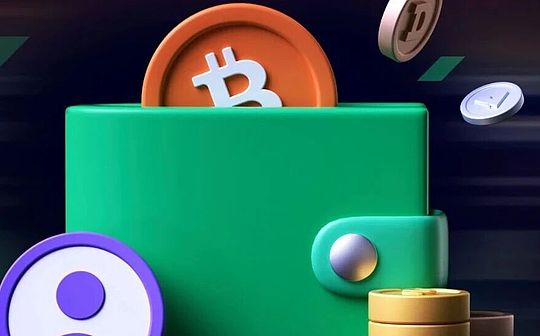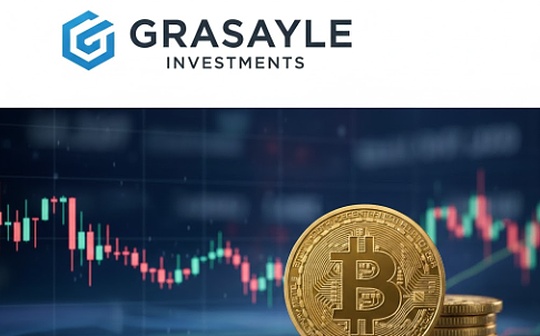
Compilation: 0xjs@bitchain vision
The price of Bitcoin fell below $80,000 in a week from $99,000, almost falling back to the pre-US election Bitcoin price.Crypto analyst Kyle Chassé believes that BTC prices have plummeted recently, one of the main reasons is that hedge funds’ arbitrage trading is gradually fading.
The following is a description of how this arbitrage transaction works – and why the collapse of arbitrage transactions will bring shock waves to the market.
1. For months, hedge funds have been using BTC spot ETFs and CME futures for low-risk returns trading.It operates as follows:
-
Buy Bitcoin Spot ETFs (BlackRock, Fidelity)
-
Shorting BTC futures in CME,
-
Earn the spread at an annualized rate of return of about 5.68%, and some even use leverage to increase the rate of return to double digits.
But what about now?This arbitrage deal is collapsing.
2.The transaction relies on BTC futures trading at a premium above spot.But with the recent weakening of the market, the premium has fallen sharply.What is the result?
-
The deal is no longer profitable.
-
Funds are being withdrawn on a large scale.
-
BTC selling pressure soared.
3. Check out the cruel ETFs:
-
BTC has sold over $1.9 billion in the past week.
-
As the fund closes its position, CME open contracts plummeted.
-
BTC fell by double digits in a few days, and the same arbitrage trading remained stable during the Bitcoin rally and is now accelerating its collapse.
4. Why does this happen?
Because hedge funds don’t care about Bitcoin.They did not bet on Bitcoin to soar.They just get low risk benefits.
Now that the transaction is over, they are withdrawing liquidity – allowing the market to fall freely.
5. What will happen next?
-
Cash and arbitrage will continue to close positions.
-
BTC needs to find real organic buyers (not just hedge funds that withdraw income).
-
As leveraged positions continue to be liquidated, volatility will remain high.
6. This is a typical case of liquidity games.
ETFs not only bring long-term holders, but also hedge funds that conduct short-term arbitrage.Now we see the consequences.
7. Important conclusions?
-
We don’t know if the pain is over, butOnce these trades are completely closed, the pain is likely to end.
-
ETF “demand” is real, but some of them are purely for arbitrage.The need to hold BTC is real, it’s just not as much as we imagined.
-
This volatility and turmoil will continue until the real buyer steps in.
8. Final thoughts:
-
Cash and arbitrage closing is cruel – but it is also necessary.
-
ETF capital outflow = more forced sell-offs, but this shock will eventually be ready for the next round.
-
Survive now and accumulate later.
-
Pain creates opportunities.Just don’t be liquidated.








